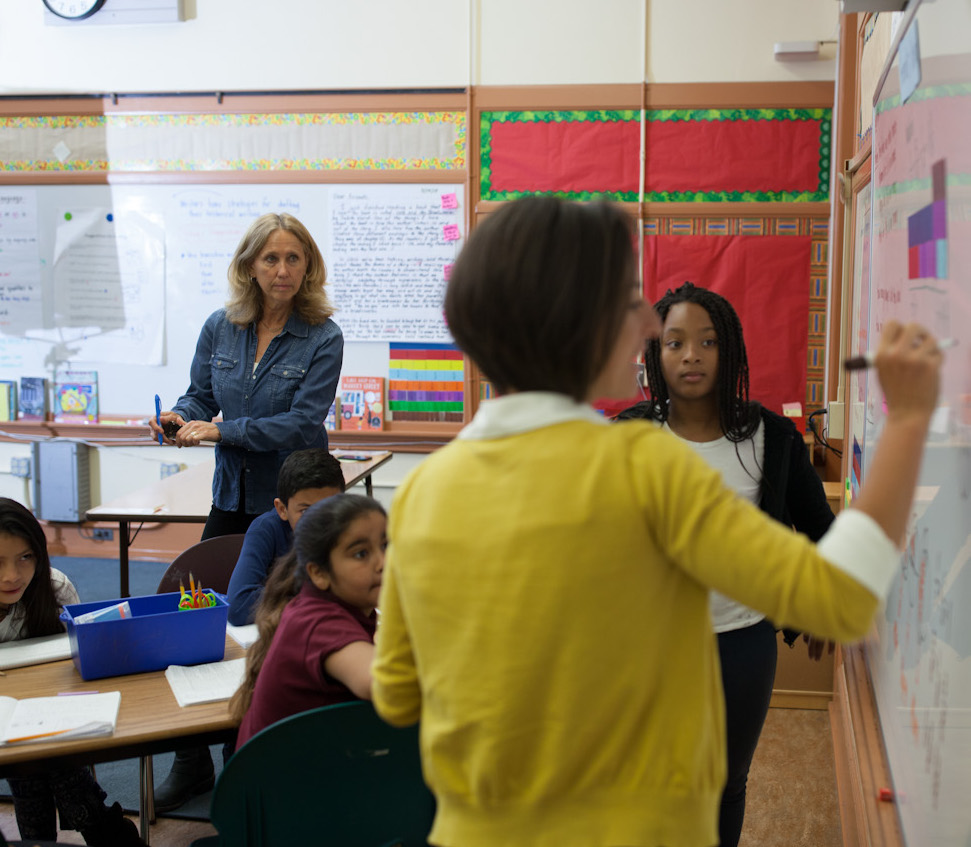The Day of the Lesson
Now it’s time for the most interesting part of any research effort: seeing how your ideas fare in practice!
Points to Keep in Mind
Observers should know their data collection assignment and be well-prepared to serve as “eyes and ears, not mouths and hands.”
The lesson instructor should feel support from team members with any last-minute logistics that arise.
Everyone should remember that a lesson is a “swiftly flowing river.” However carefully the team has anticipated student thinking and designed the lesson, unexpected things may happen, and the teacher’s role is always to exercise professional judgment in the moment about what will best serve the students–not to follow a lesson plan no matter what. The gaps between what we expected and what unfolded can spark powerful insights. The Teaching-Learning Plan was produced through careful study, but should still be regarded as a contingency plan, not a blueprint.

